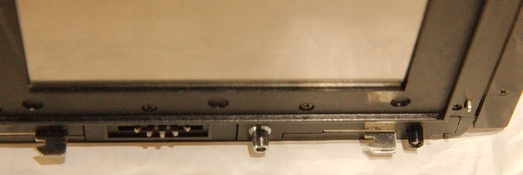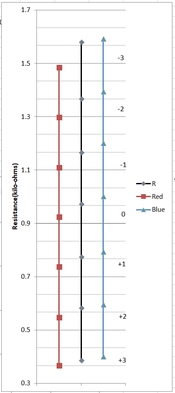Sirius Glass
Subscriber
Following this lead, I checked my two camera backs, and they do differ. I made some observations by setting both backs to the same ISO, fixing the lens aperture at f11, and then metering an indoor scene under constant illumination. I noted the speed indicated in the AE display for each exposure compensation setting, for both backs. The metered shutter speeds for one back were consistently slower than for the other back. The differences ranged from from 1/3 stop to 1 full stop, with the larger differences at higher shutter speeds.
This after cleaning the gold-colored hemispherical contacts at the upper right of the back, and on the lower right of the finder.
I noticed two pin-type connectors at the lower inside surface of the back, with complementary features on the camera body. One near the ISO dial, the other not. Does anyone know what these connectors are for?
To have the test be meaningful, both camera light meters must be calibrated by the same laboratory.









